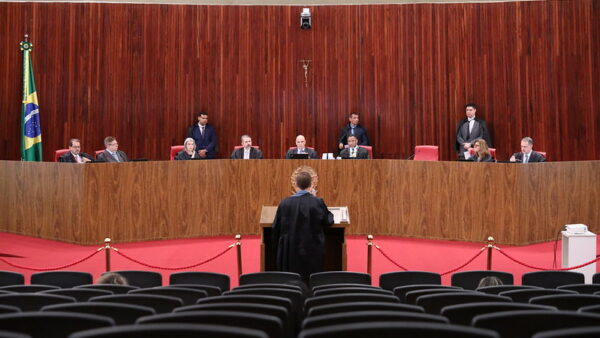In a bid to understand what defines the winner of an election, in 1957 economist Anthony Downs turned to the “median voter theorem.” In general terms, it purports that the candidate who attracts voters who lean neither to the right nor left is the most likely to win — because the left/right camps already have a captive pool of sympathizers. That is to say, the successful candidate must convince voters who have yet to form a preference.
While finding fertile ground in Brazil for many years, the theory applies less and less to the country. From the return to democracy until the 2014 election, Brazil had a tendency towards political centrism, with presidential candidates seeking to moderate to win elections. But from 2014 onwards, political scientists have noticed erratic behavior among Brazilian voters.
The median voter was responsible for electing both the Workers’ Party’s Dilma Rousseff in 2014, and Jair Bolsonaro, the incumbent president, in 2018. Yet the two are diametrically opposed on the political spectrum: Ms. Rousseff and her party are on the left of center, while Mr. Bolsonaro represents the extreme right.
Maurício Moura, a political consultant and director of the Ideia Big Data research institute, explains that Ms. Rousseff and Mr. Bolsonaro were elected not by ardent fans, but because feelings of disgust towards their opponents spoke louder than voter support for the winner. “In the end, it’s a duel of rejections,” he says.
Brazil has entered a political context in which it is no longer enough to merely win over undecided voters — candidates must also destroy their opponent’s reputation.
...

 Search
Search






































